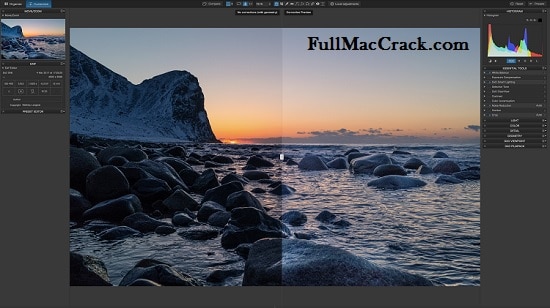

- HDR EFEX PRO 2 MANUAL HOW TO
- HDR EFEX PRO 2 MANUAL MANUAL
- HDR EFEX PRO 2 MANUAL SOFTWARE
- HDR EFEX PRO 2 MANUAL ISO
HDR EFEX PRO 2 MANUAL MANUAL
Manual means that I am not using an auto-bracketing program. High-key means that I throw away everything to the right of the histogram, I am really only looking for frames that are “overexposed” (at least according to the in-camera light meter). The key observations about the HDR process I use in this technique are that it is high-key and that it is manual.

HDR EFEX PRO 2 MANUAL SOFTWARE
He took the time to ensure that each of us was able to follow along in making HDR images manually and then in processing them in several different software programs.” “Harold offered an excellent overview of HDR technique.Great new material and clear explanations of techniques and new software.”
HDR EFEX PRO 2 MANUAL HOW TO
“Great day to learn how to better take and process single and bracketed images for maximizing dynamic range.”.Here are some comments of participants from my previous HDR Bootcamp workshop: Click here for information and registration. I am giving my much requested all-day HDR Bootcamp workshop on Saturday, Jan 12, 2013, in downtown Berkeley, CA. Want to learn my HDR thoughts and techniques? In fact, as the author of Creating HDR Photos: The Complete Guide to High Dynamic Range Photography, one kind of HDR or another informs most of my photography. I was on the road and didn’t have much time for elaborate HDR post-processing, so I simply fed the images through Nik HDR Efex Pro 2 at the default settings, with the results you see above. The shutter speeds ranged from 2/5 of a second to 15 seconds. To make this image, with my camera on a tripod, I used manual exposure control to snap five exposures.


I used Photoshop and Nik HDR Efex Pro 2 to create a single composite High Dynamic Range (HDR) image. Shutter speeds ranged from 1/2 a second to 1/320 of a second.
HDR EFEX PRO 2 MANUAL ISO
Each exposure was shot at 18mm, f/13, and ISO 200. How the image was made: This is five exposures taken with my camera on a tripod. Compared to the wilderness landscape, Central Park seems faux (if you’ll pardon the rhyme with “Vaux”)-but certainly a wonderful enhancement to life in New York. When designing Central Park, Olmsted and Vaux turned to the Yosemite Valley floor as a source of inspiration (Olmsted had visited Yosemite a few years before beginning the Central Park design). The building shown reflected in the man-made lake in this image is the tower of the luxury Sherry Netherland Hotel, located along Fifth Avenue at the southern end of the park. The result is an apparent pastoral paradise in which glimpses of the city only seem to enhance the lush natural landscape. Almost everything about the landscape of Central Park-lakes, meadows, hills, and rocks-was artfully and artificially created and placed.


 0 kommentar(er)
0 kommentar(er)
